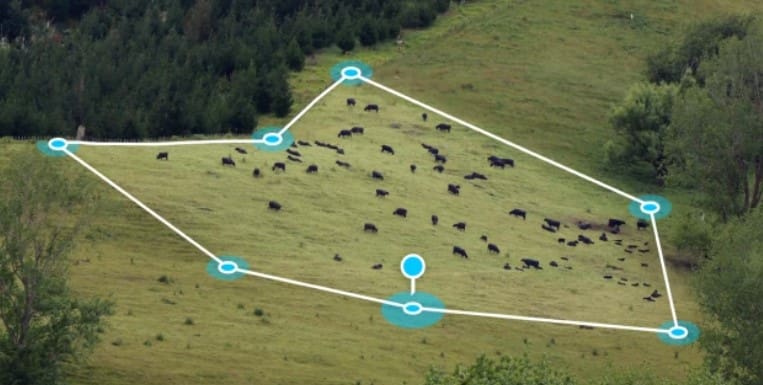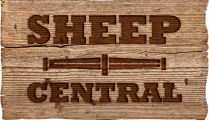
Cattle controlled by virtual fencing. Image – Halter.
A VICTORIAN Government decision to prepare regulations for the use of virtual fencing for cattle was an important step toward the technology also being available to sheep producers.
Victoria’s Minister for Agriculture Ros Spence today announced that new regulations will be prepared for the use of virtual fencing and herding technology for cattle in the state.
The government said the announcement follows engagement with industry, manufacturers, and researchers on virtual fencing to understand the animal welfare impacts of the technology that will create better and more efficient farms.
Further engagement will occur with relevant stakeholders, including animal welfare groups with the regulations to be finalised by the end of the year.
Ms Spence said the government knew Victorian farmers were looking to use virtual fencing and herding technology to improve productivity and farmer safety, “which is why we’re making decisions to ensure farmers have the best technology up to date.”
“It is critical that we have appropriate safeguards in place to protect animal welfare, while enabling innovation on farms and these new regulations will provide a framework to achieve this,” she said.
Virtual fencing advocate John Marriott said the Victorian decision was fantastic step forward. It follows a similar development in New South Wales last month.
“It is just so fantastic to understand that at least they’re recognising the value of this technology to the farming community and to cattle farmers in particular,” Mr Marriott said.
“It will revolutionise the way we manage cattle for feed intake and it will also revolutionise the way we protect our environmental assets.”
Mr Marriott said the technology would be valuable in areas that are difficult and dangerous to fence traditionally and where environmental assets needed to be established or protected.
“Meat & Livestock Australia is saying that carbon intensity if a big issue in the livestock industry and virtual fencing can contribute extra value in that process by being able to turn off animals earlier.”
Mr Marriott said virtual fencing technology had to now move from being dependent on a collar-based system to some other device.
“Hopefully, this decision would allow researchers the confidence to continue to develop or improve the technology so that you can use a chip or a bolus or facial recognition, and make the technology available for the management of sheep.
“I would think that this frees up the opportunities for sheep research to proceed with much more confidence,” he said.
“That’s the next move, it has to happen with sheep.”
The government said a trial of Halter® virtual fencing technology at Agriculture Victoria’s Ellinbank SmartFarm in Gippsland will continue conducting research until 30 June – giving Victorian farmers the chance to experience first-hand this new technology close to home.
Since July 2024, dairy cattle at the SmartFarm have been fitted with solar-powered smart collars that use electronic cues to contain animals within a virtual fence and guide them to areas of the farm via a mobile phone app. It also allows farmers to monitor their cows’ location, health and reproductive status.
Virtual fencing uses collars with GPS and wireless technology to control livestock without physical fences. If the animal leaves a designated area, the collars send out three warning noise and vibration cues and additional stimulus to encourage the animal to return to the area.
The new Victorian regulations will make sure the roll out of virtual fencing across the state will improve animal welfare outcomes, farm safety, productivity and staff wellbeing, the government said.
Agriculture Victoria is also actively contributing to the development of the Australian Animal Welfare Guide for Virtual Fencing, a project led by the Commonwealth Department of Agriculture, Fisheries and Forestry.
This guide aims to support a consistent regulatory approach across states and territories, while ensuring optimal animal welfare outcomes where virtual fencing is used.

HAVE YOUR SAY